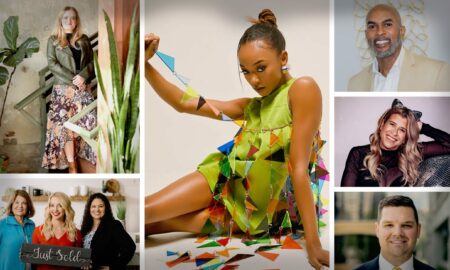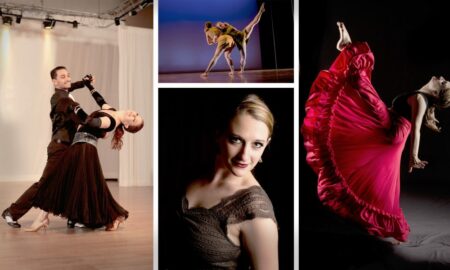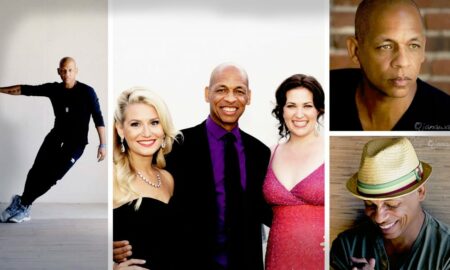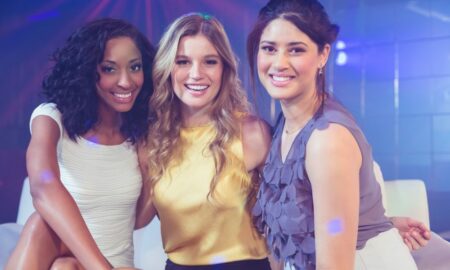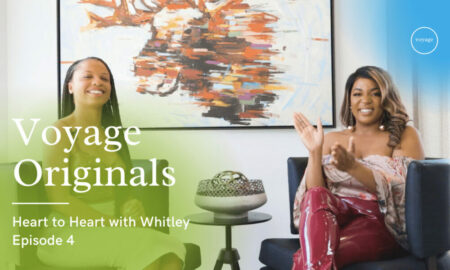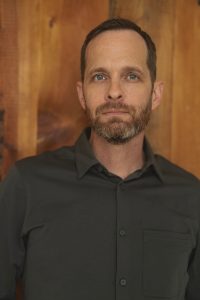
Today we’d like to introduce you to Curtis Baker.
Hi Curtis, please kick things off for us with an introduction to yourself and your story.
I’ve been in the film industry in Atlanta for almost 16 years now. I started with a position called “Video Assist”, where I would record takes during shooting and allow playback of the shots when a director or actor would want to watch the performance. I did that for a little over three years before I made the switch to “Stills Photographer”. On my first movie doing the previous job, I noticed the Set Photographer working the set as a one-person department and that intrigued me so much that I started researching what his job entailed. I dove in head first learning and studying, while asking questions and shadowing other photographers to learn all I could possibly cram into my brain. My mind was made up that this was what I wanted to do in the film business, and I was barely a hobbyist photographer at that time. I had a neighbor at the time who was working as a commercial photographer and he took me on as a student and we practiced every aspect of shooting and editing so that I would one day be able to go off on my own and do this job. I owe him a lot of gratitude.
We all face challenges, but looking back would you describe it as a relatively smooth road?
There is no set path for a stills photographer in this wild and weird industry. Every person in every position has a different story of how they got in and how they’ve worked their way up the “ranks”. You start gaining experience on small, lower, sometimes no-budget film projects, eventually the jobs get a little bigger and you start making contacts or gain referrals from more established photographers that send you to work. Before I was on set shooting shows and movies, I might be asked to come in and take photos for the props department, i.e., family photos to dress the inside of a house set. Mugshots or headshots of the characters also used in the show. One of my first jobs was to shoot a large amount of bloody crime scene photos to document a scripted murder in a college dorm. Since then the jobs got bigger, and the shows and networks are more well-known. And my portfolio continues to grow.
Thanks – so what else should our readers know about your work and what you’re currently focused on?
I wasn’t more than a novice photographer when I got started. I never would have thought of myself as an “artist”, I still have trouble using that word to describe me and my photography. Everything I learned, I learned to do this one type of work. I knew that I would be in a smaller niche group of photographers, so I wasn’t too worried about competing with too many people for work. There are thousands of wedding shooters around but only so many film set photographers. I pride myself on being able to shoot just about anything, anyone in just about any lighting condition. You need the set experience and gear to do this job well and I’ve enjoyed building up my arsenal of cameras and lenses etc. over the past few years.
Are there any apps, books, podcasts, blogs or other resources you think our readers should check out?
Back when I got started there was almost nothing published or on the internet about how to do the job we do. I basically had to get jobs, act like I knew what I was doing and learn from any mistakes I made. Today there is a few articles and YouTube videos that give a better teaching of what we do on set. But I strongly believe that nothing teaches you a skill better then being thrown into “the ring” and learning as you go.
Contact Info:
- Website: www.curtisbaker.com
- Instagram: @curtyphotog
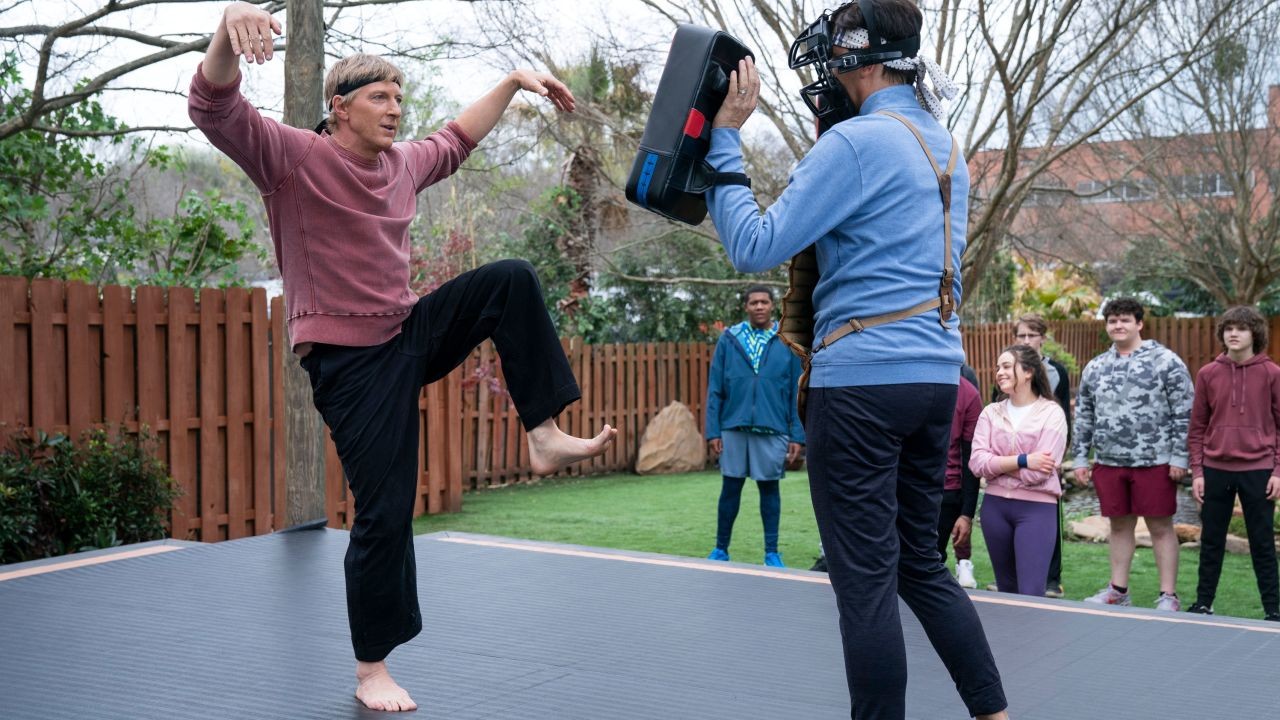
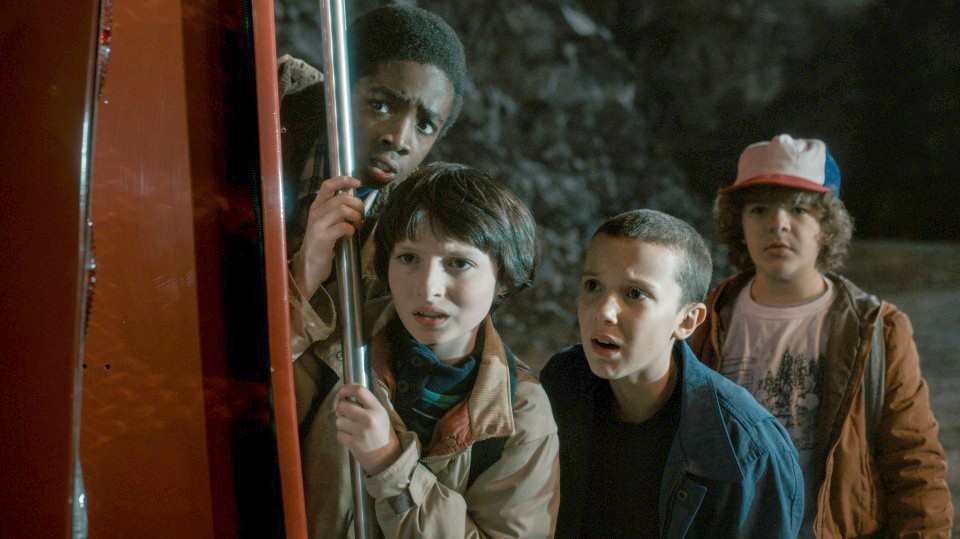
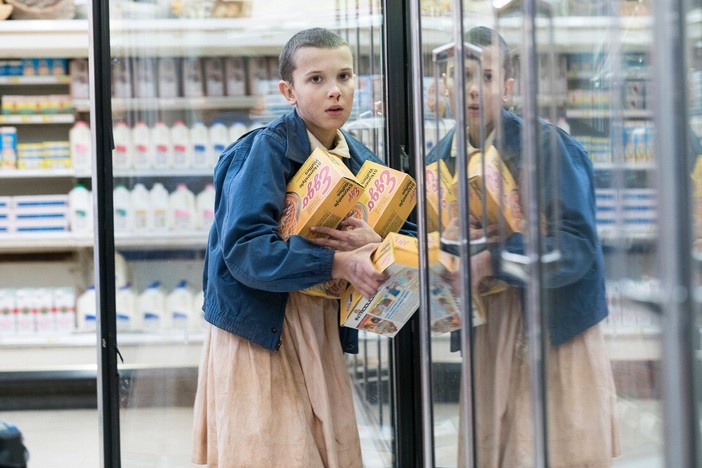
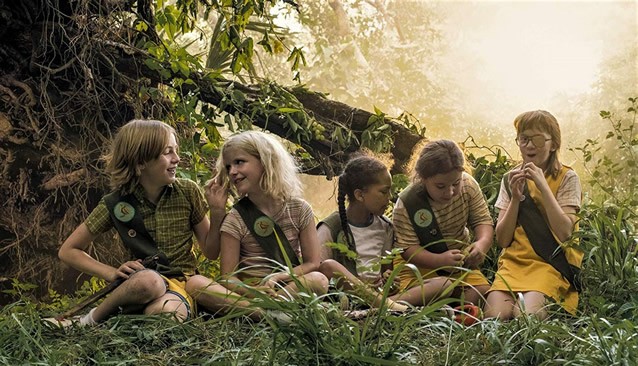
Image Credits
Photo Credit: Curtis Bonds Baker

